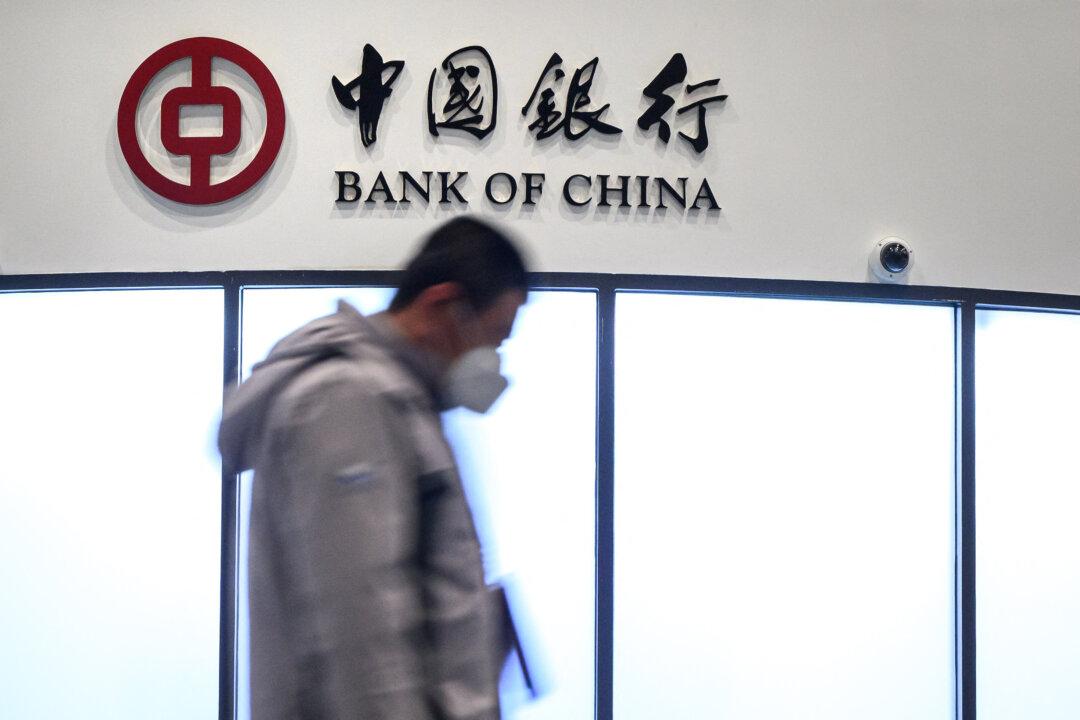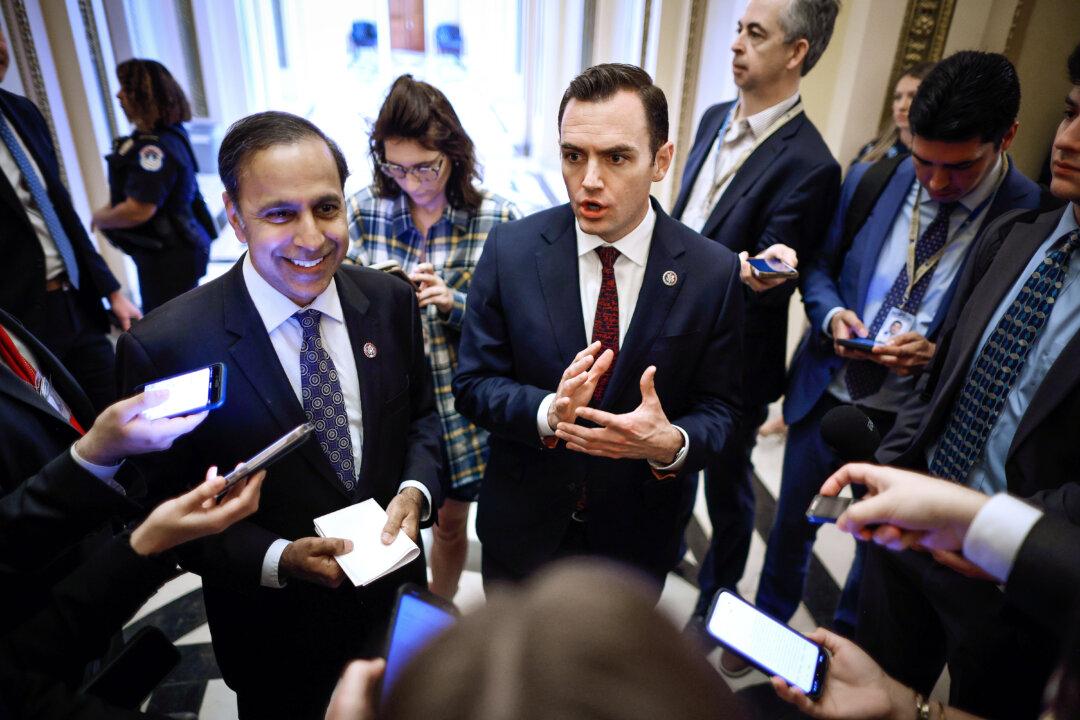After several years of growth, the auto loan market—traditionally a staple of the U.S. economy—could face severe challenges in the near future.
Currently, there is a record number of outstanding auto loans. American consumers have been on a car-buying spree since the last economic recession, encouraged by the federal Car Allowance Rebate System (also called “Cash for Clunkers“) signed into law by President Barack Obama in 2009, as well as the recent decline in gasoline prices and the prevailing low interest rate environment. Consumers bought 17.5 million new vehicles in 2016—a new record, according to auto industry data website Edmunds.
Investors are worried about a bubble in the industry, especially among subprime borrowers with lower credit scores.
JPMorgan Chase & Co. CEO Jamie Dimon signaled an advanced warning last year, calling the auto-lending market “stretched,” at an industry conference last June. Industry data trends have since further deteriorated. A confluence of factors are contributing to growing concerns over the auto loan industry, including a record number of new loans, growing delinquency rates, and declining used-car value.
Auto loans exceeded the $1 trillion mark last year for the first time, ending the year at $1.16 trillion, according to the Federal Reserve Bank of New York. The balance of loans was more than 63 percent higher than that at the end of 2010.
Lenders issued $142 billion in auto loans in the fourth quarter, making 2016 the highest in auto loan origination in 18 years of data tracking by the New York Fed.






